Figure paintings and culture integration in the Ming and Qing Dynasties

Introduction
Figure paintings and culture integration in the Ming and Qing Dynasties
Confucianism, Taoism and Buddhism are regarded as three complementary knowledge systems and cultural sources of Chinese traditional culture. From the Pre-Qin Period to the Han Dynasty, they have developed from mutual exclusion into absorption, and then into the overall integration while moving towards unity via continuous historical interactions. Later, during the Ming and Qing Dynasties, the Three Teachings integrated their philosophies in material forms when keeping respective traditions alive. The integration was best manifested by the popularity of figure paintings, statues, sculptures, and literary images. As interrelated visual cultures, the artworks serve as an overview of the important historical features of social culture, aesthetic taste, as well as the secularized and normalized spiritual life in the Ming and Qing Dynasties. Rooted deep in history like “cultural genes”, they have influenced China and even the whole Oriental culture in a universal and profound way.
Chinese people believe that “The sea receives all rivers; Utmost wit listens to all sides”. As we can see, in the Ming and Qing Dynasties, Confucianism, Taoism and Buddhism’s maintenance of relative independence and the state of confluence is also made possible by their pursuit of openness, inclusiveness, and harmonious coexistence. Meanwhile, the internal transcendence embodied in the integration and development of the Three Teachings endows Chinese culture with a character of seeking self-innovation and being in tune with the times, which has become the cultural code for it to grow and prosper for thousands of years. It is hoped that this exhibition can provide people with an opportunity to look back on the cultural origin of the Chinese nation and explore the contemporary value of outstanding traditional culture, thus separating the wheat from the chaff and making the past serve the present. With this in mind, we can build a social consensus on and inject spiritual momentum for developing Chinese culture and practicing socialist core values.

Highlights
- 孔子像
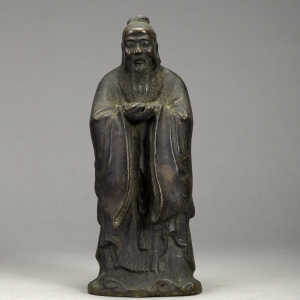
- 常遇春画像轴
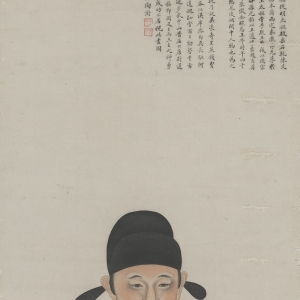
- 吴儁绘何蝯叟顾祠春禊图
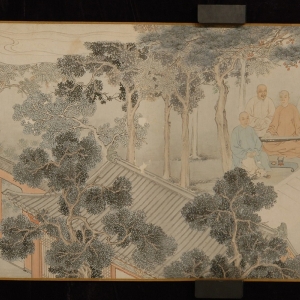
- 五品文官像
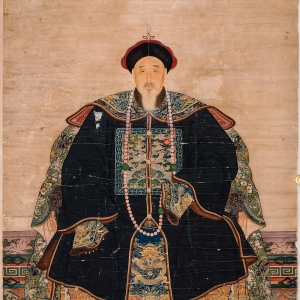
- 阅武图
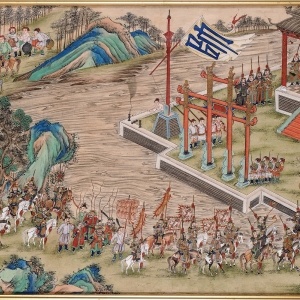
- 吴伟绘松下读书图
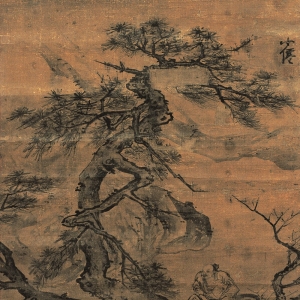
- 仇英绘枫溪垂钓图
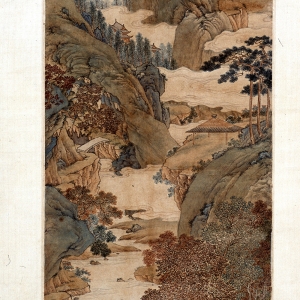
- 禹之鼎绘春耕草堂图卷
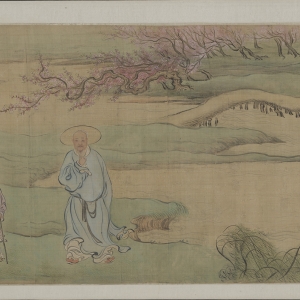
- 如山绘秋林读画图
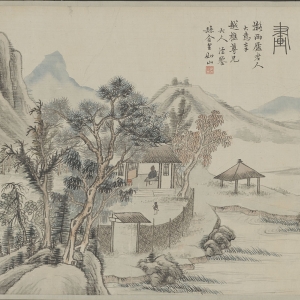
- 郭氏家族十人像
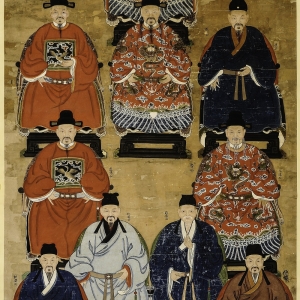
- 李氏祖先群像
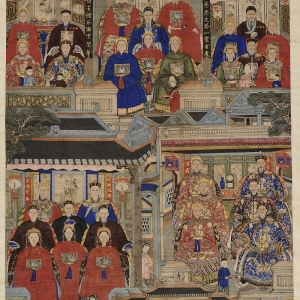
- 清光绪二十五年(1899年) 木刻 272x90厘米 长沙市大观仓艺术博物馆藏See More
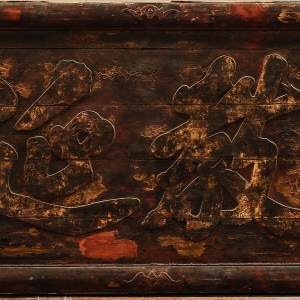
Visiting guide
Visiting Guide
Full-price ticket: RMB 50 per person
Concession ticket: RMB 25 per person (full-time undergraduate students and below, people aged 60-65 years old and low-income households enjoy price concessions with valid documents)
Free admission: Children under 14 years old, elderly people over 65 years old, persons with disabilities, military personnel in active service and retired military cadres with valid documents
Date: March, 26th-June, 18th, 2021
Opening hours: 9:00-17:00 every Tuesday to Sunday (last entry at 16:00)
Closed on Mondays, except for public holidays
Venue: No.2 Special Exhibition Hall (1F)
Tel:0731-84415833, 0731-84475933




